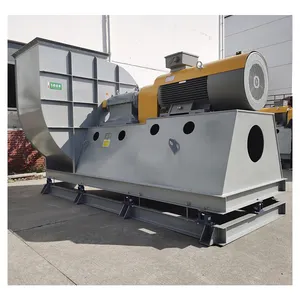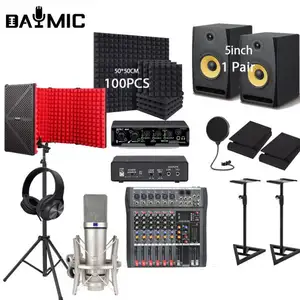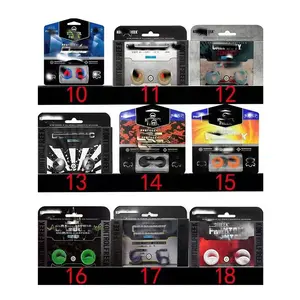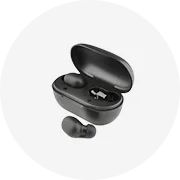Phổ biến trong ngành của bạn






4 "aluminized thép hệ thống ống xả mà không cần Muffler cho 94-02 Dodge Ram 5.9l Cummins diesel
94,00 US$
Đơn hàng tối thiểu: 2 Hộp các tông






Cao CFM Thép Không Gỉ Sắt Thép Mang Trục Điều Khiển Loại Quạt Hút Ly Tâm Blower
5.000,00 US$
Đơn hàng tối thiểu: 1 Bộ







Kim Loại Thép Không Gỉ 8 "Đục Lỗ Lọc Xi Lanh Ống Ống Cho Ô Tô Xả Muffler Hệ Thống
1,58 US$ - 3,85 US$
Đơn hàng tối thiểu: 10 Cái







Phổ valvetronic ống xả Ống thép không gỉ 51, 60, 63, 70, 76mm chân không hoặc hệ thống giảm thanh điện tử
59,00 US$ - 66,00 US$
Đơn hàng tối thiểu: 1 Cái







Ống Vách Ngăn Không Gỉ Đục Lỗ 2X48 Inch Cho Các Dự Án Ống Xả/Giảm Thanh Tự Động Và Xe Máy
6,54 US$ - 9,65 US$
Đơn hàng tối thiểu: 1 Cái




Xả Resonated Test/Xuống Ống Phù Hợp Với Ni ssan 350Z Z33 Infiniti G35 Coupe Sedan VQ35HR AT 07-08
40,00 US$ - 50,00 US$
Đơn hàng tối thiểu: 30 Bộ




Bộ Giảm Thanh Xe Hơi Bằng Thép Không Gỉ 2.5 Inch Ống Xả Bộ Cộng Hưởng Ống Xả Đuôi Magnaflow Thông Dụng
25,00 US$ - 35,00 US$
Đơn hàng tối thiểu: 50 Cái






2.5 "thép không gỉ xe Muffler ống xả cộng hưởng magnaflow ống xả Đuôi Ống Xả cho phổ quát
30,00 US$ - 50,00 US$
Đơn hàng tối thiểu: 1 Cái






Ống Giảm Thanh Ống Xả Flex Bộ Cộng Hưởng Thép Không Gỉ Cho Xe Hơi Sửa Đổi
5,00 US$ - 6,00 US$
Đơn hàng tối thiểu: 10 Cái




Hình bầu dục hiệu suất phụ tùng ô tô cộng hưởng xe xả giảm thanh thép không gỉ mufflers xả
Sẵn sàng vận chuyển
20,00 US$ - 25,00 US$
Đơn hàng tối thiểu: 30 Cái
Vận chuyển mỗi chiếc: 9,87 US$






Hiệu suất cao xả cộng hưởng chiều dài bằng nhau ống xả đa tạp cho TOYOTA vương miện phụ kiện xe hơi
40,00 US$ - 43,00 US$
Đơn hàng tối thiểu: 2 Cái






Hiệu suất Titan catback cho Infiniti G37 3.7L 2010 2021 Titan catback xả cộng hưởng Y Ống valvetronic Coupe xả
1.350,00 US$ - 1.550,00 US$
Đơn hàng tối thiểu: 1 Bộ
Các danh mục hàng đầu
Giới thiệu về ống xả cộng hưởng
Alibaba.com cung cấp các sản phẩm 1910 ống xả cộng hưởng. Có rất nhiều ống xả cộng hưởng lựa chọn dành cho bạn, chẳng hạn như 1, 2, và tất cả các. Bạn cũng có thể chọn từ thép không gỉ, 304 thép không gỉ ống xả cộng hưởng. Cũng như từ mercedes-benz, chevrolet, và jeep ống xả cộng hưởng.






















